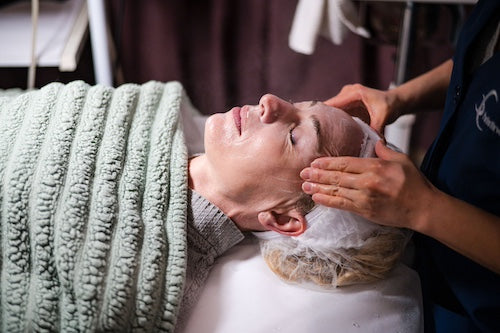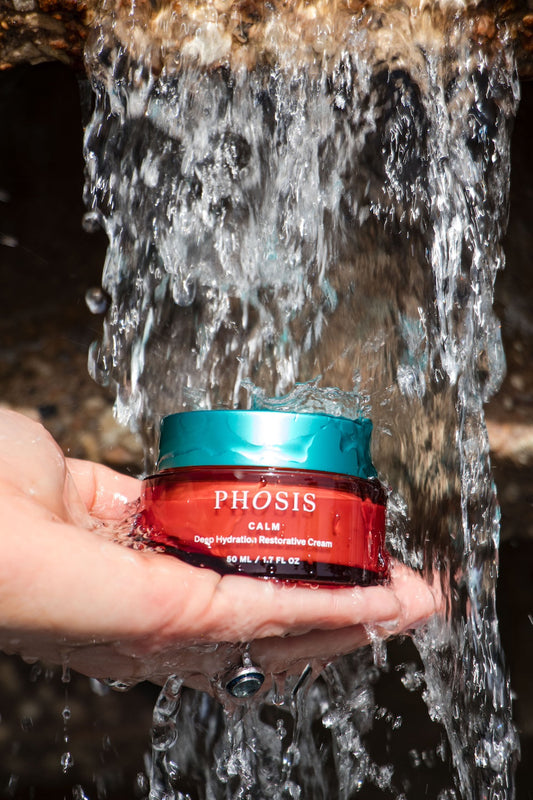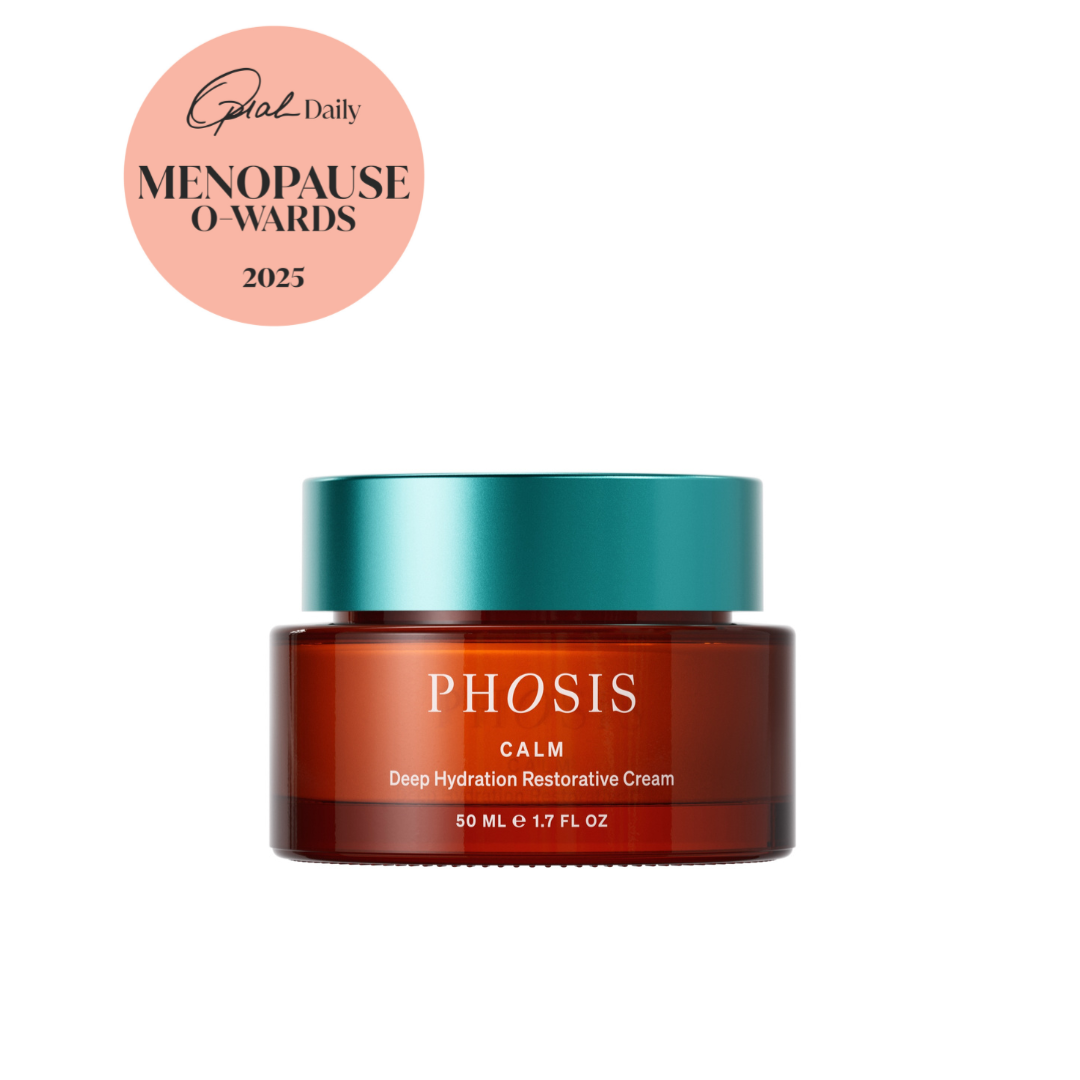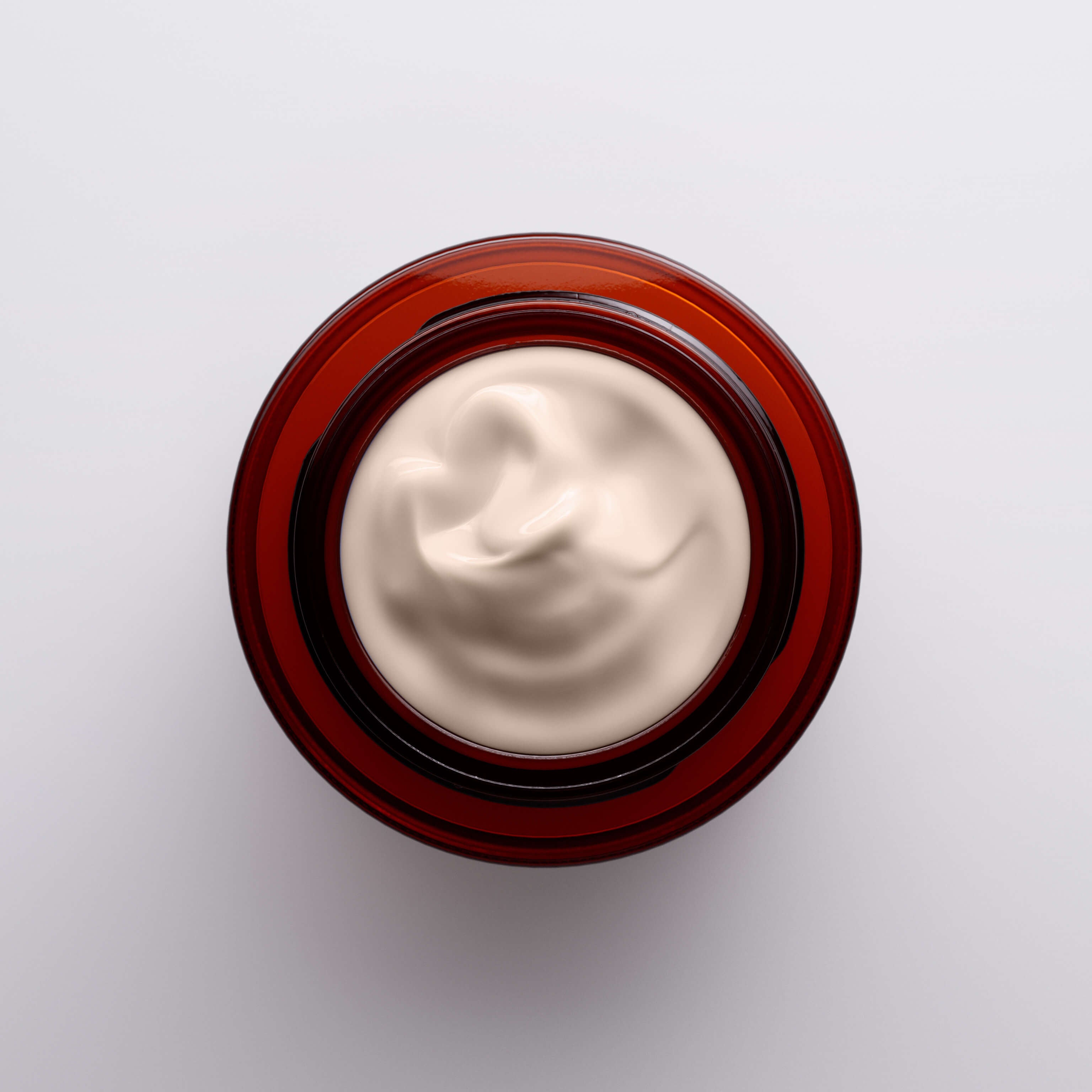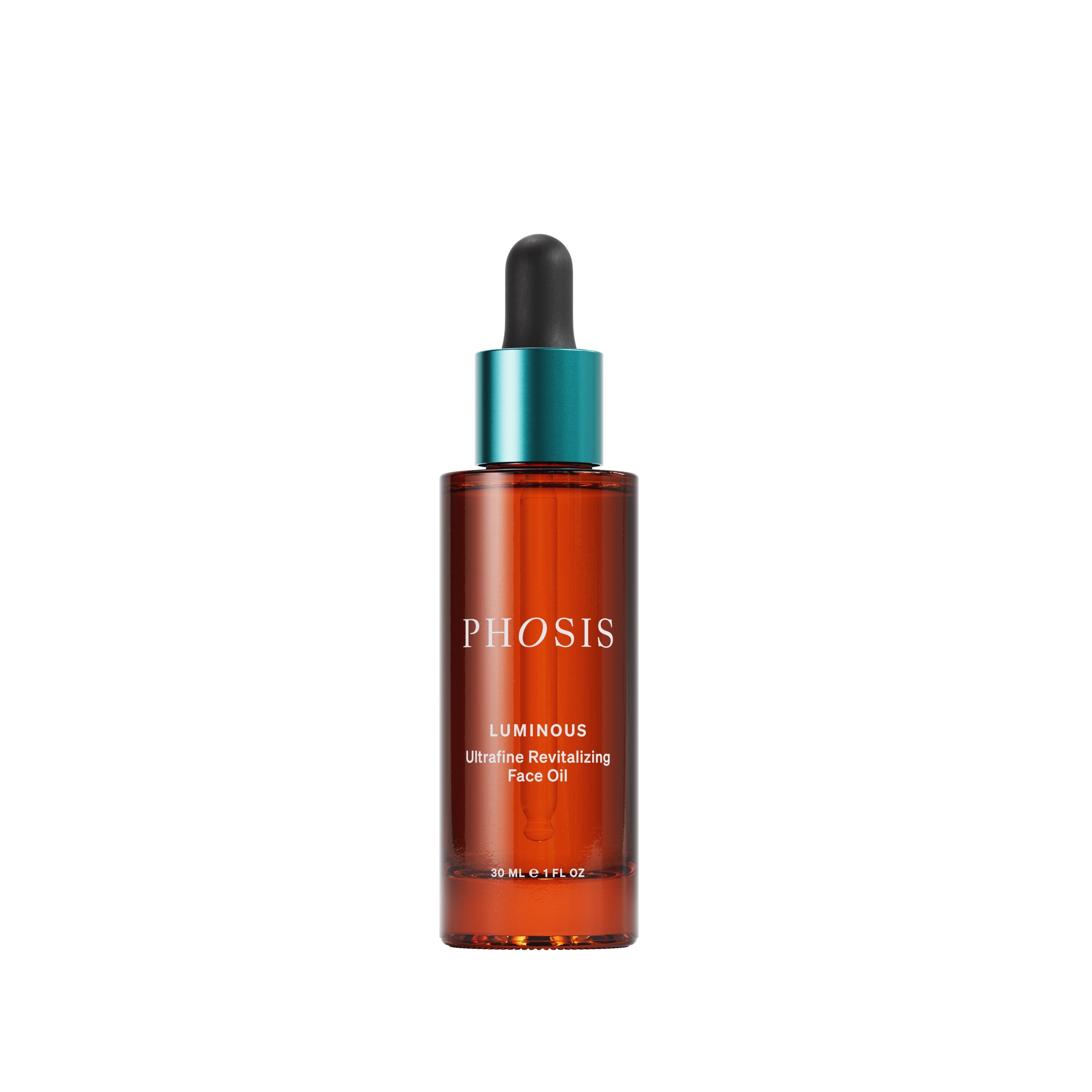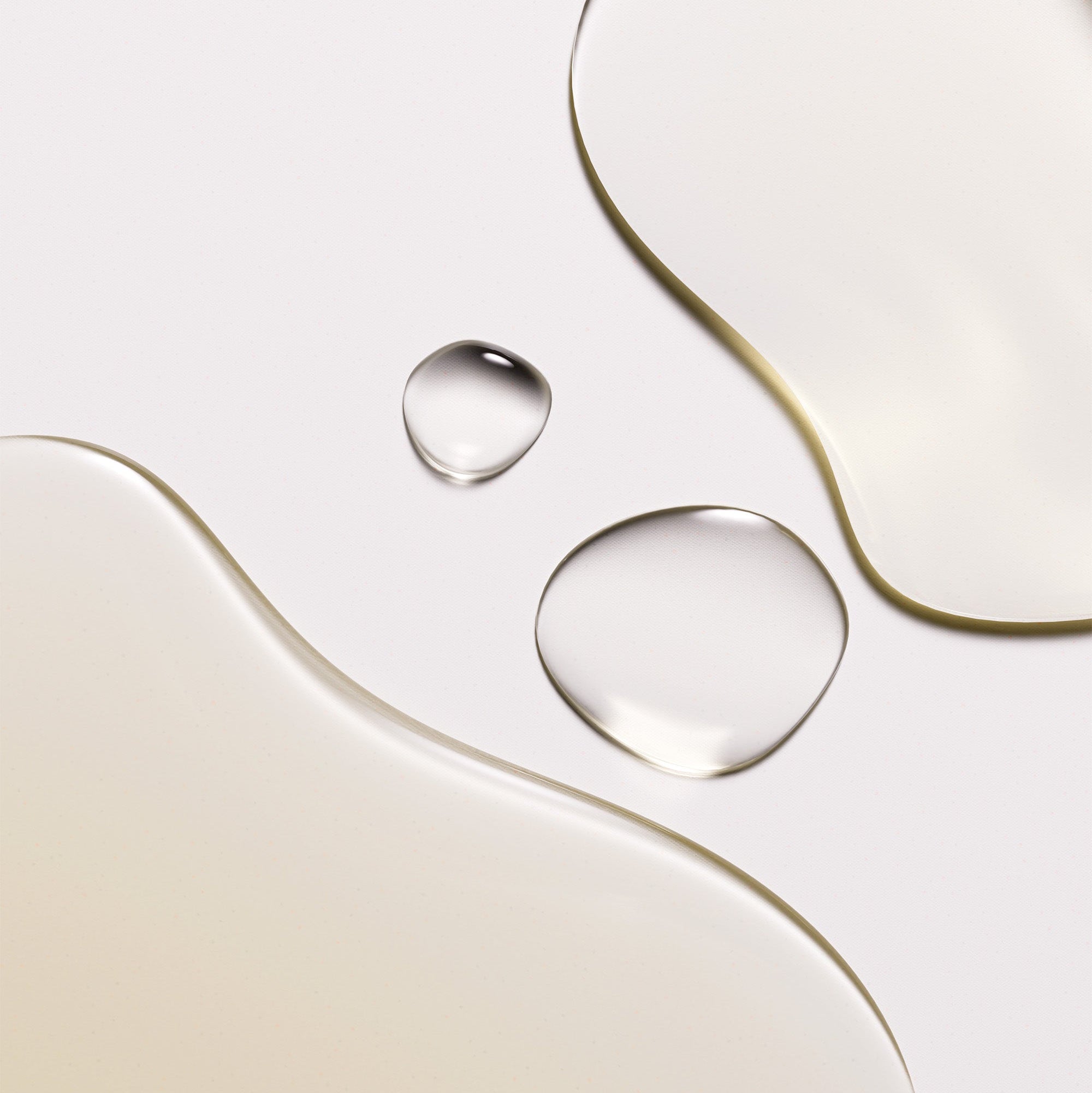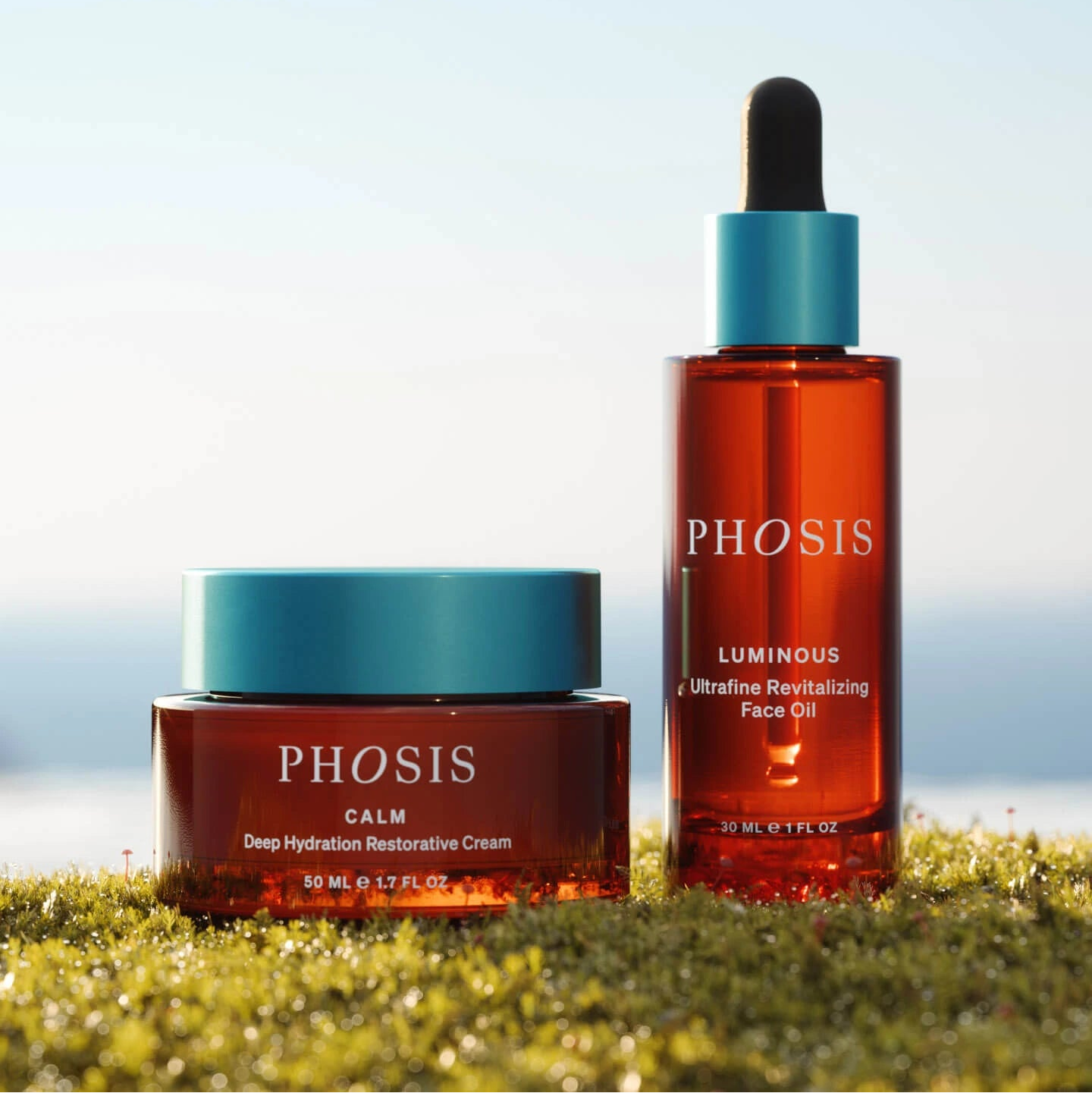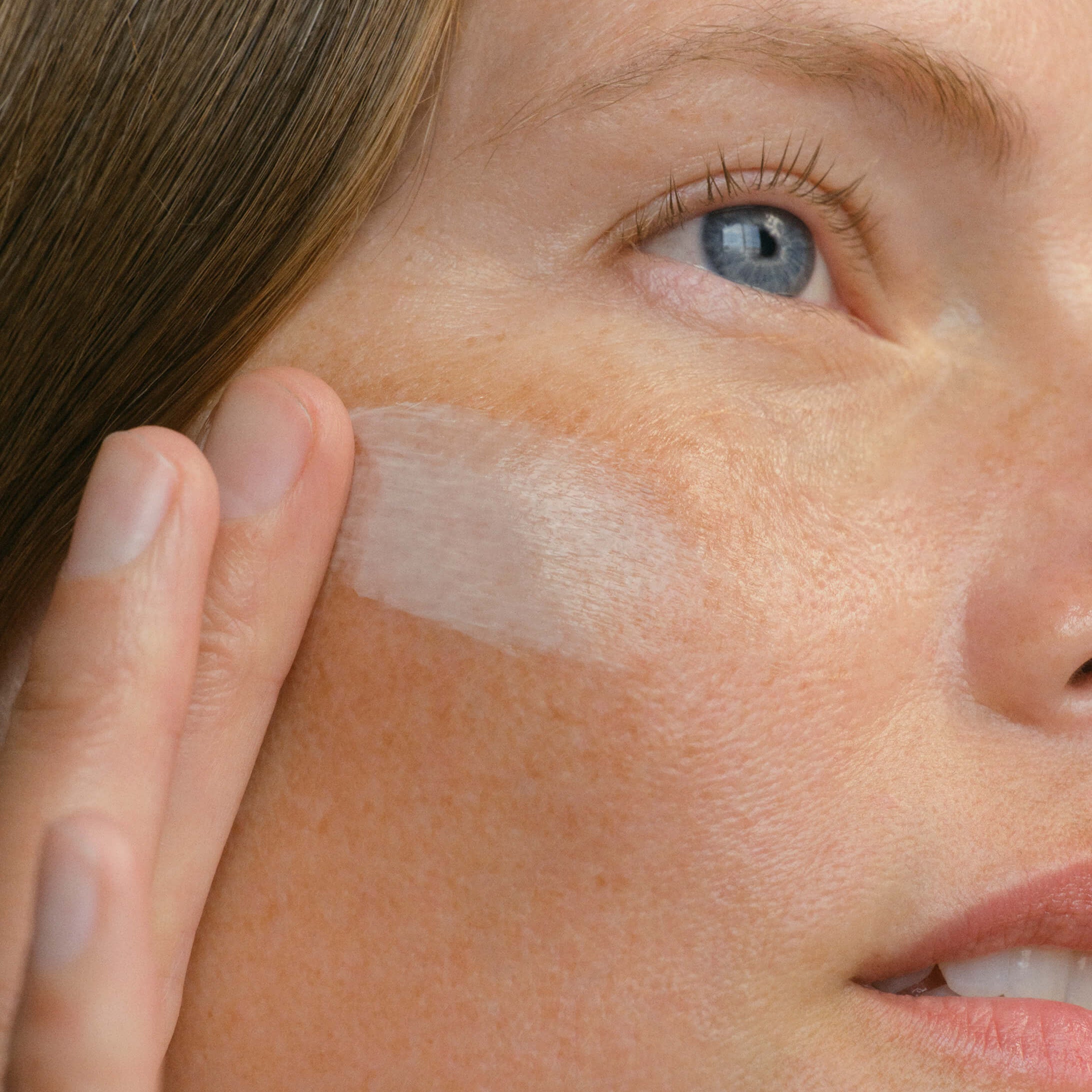Why is a Skincare Routine Important?
The skincare routine that served you faithfully in your 20s and 30s? It may start to feel like it’s lost its magic. Products that once made your skin glow now seem to fall flat. You might wake up to new dryness, sudden sensitivity, or a texture that just feels… off. It’s not your imagination — and it’s not your fault.
Hormonal shifts during perimenopause and menopause have a profound impact on skin, and the rules do change. This guide is your recalibration: a graceful, step-by-step approach to caring for your evolving skin with intelligence, intention, and calm confidence.
How Should You Change Your Skincare Routine During Perimenopause?
Your skin is a reflection of your inner landscape, and during this life stage, that landscape is shifting. Declining estrogen levels reduce collagen production, slow cell turnover, and weaken your skin barrier. The result? Dryness, dullness, increased reactivity, and a feeling that your skin is somehow no longer your own.
But here’s the good news: a thoughtful, consistent skincare ritual can bring your skin back into balance. With the right ingredients and daily habits, you can restore hydration, rebuild your barrier, and recapture that healthy, luminous glow.
If you’ve always been a “minimal steps” person, this is the moment to lean into more support, not more complication. The focus should shift toward deep hydration and barrier repair.
Susan Campbell, a menopause educator, skincare formulator, and founder of Phosis, says, “Your moisturizer becomes your skincare anchor. Serums may rotate, but a truly nourishing cream is non-negotiable.”
What to look for:
-
Barrier builders: ceramides, glycerin, peptides
-
Soothing botanicals: jojoba oil, meadowfoam seed oil
-
What to avoid: harsh actives while skin is reactive, essential oils, and synthetic fragrance
Should Your Skincare Routine Shift Again After Menopause?
Absolutely. After menopause, oil production continues to decline, and cell turnover slows further. Your skin may become even thinner and more delicate. Dr. Joseph Pietrangelo, board-certified dermatologist, advises: “Post-menopausal skin benefits greatly from consistent use of ceramides and nourishing oils to restore and protect the barrier.”
Hydration remains your top priority — but now, consistency is your superpower.
The 8 Perfect Steps for a Perimenopause Skincare Routine (in Order)
1. Cleanse
Choose a sulfate-free milk or oil cleanser that lifts impurities without disrupting your barrier with harsh surfactants. Susan’s take: “The right cleanser can make or break your skin health during this life stage. I recommend an oil-based cleanser morning and night. ”
2. Exfoliate (2–3x/week)
When you don’t love your skin’s texture, it can be tempting to overdo it on exfoliating. Opt for gentle chemical exfoliants like lactic acid or PHAs. A soft physical scrub (think jojoba beads or a gentle skin brush) also works when used gently and sparingly.
3. Tone (Optional)
This isn’t the same toner you used in high school or college. The newer versions prep the skin with skin-loving ingredients like glycerine or hyaluronic acid in order to boost moisture absorption.
4. Treat
This is where you personalize: a Vitamin C brightening serum for pigmentation and protection from the elements, a bakuchiol-based formula for lines if retinol is too harsh. Listen to your skin — less is often more. If you use more than one serum, cycle your serums throughout the week so you don’t overload your skin with too many actives at once.
5. Moisturize
Anchor your routine with a barrier-repair cream. Phosis Calm Deep Hydration Restorative Cream was designed specifically for perimenopausal skin — clinically shown to improve smoothness, radiance, and texture.
6. Seal (optional, but powerful)
When you’re feeling particularly dry — maybe this is your skin type or maybe you live in a dry or cold climate — layer a few drops of facial oil over your cream. Try: Phosis Luminous Ultrafine Revitalizing Oil, a featherweight botanical oil free of essential oils and safe for sensitive skin.
7. Protect
Mineral SPF is essential — zinc oxide or titanium dioxide offers broad-spectrum defense with low risk of irritation.
8. Don’t Forget Body Care
Hormonal changes affect skin head to toe. Reach for richer body scrubs (a sugar scrub with a coconut oil base, for example) and follow with a deeply hydrating oil or balm.
Radiance, Reimagined — One Ritual at a Time
Results don’t happen overnight — and they don’t need to. While hydration can feel immediate, more structural improvements like firmness and texture may take 8–12 weeks. This isn’t about chasing youth; it’s about honoring the skin you’re in now.


